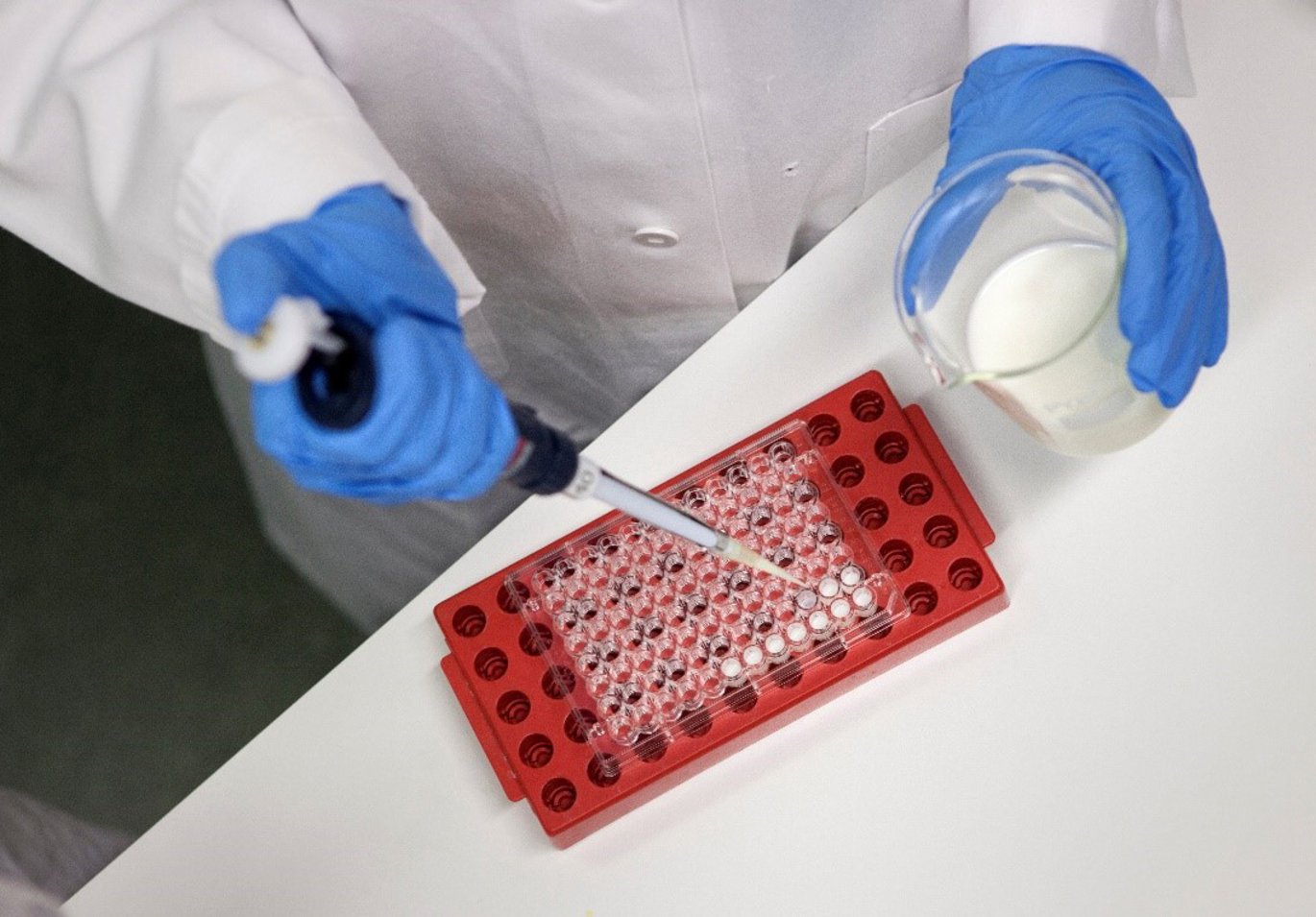New analysis method can improve the quality of long shelf-life milk
In collaboration with Arla, researchers from Aarhus University have developed a new analysis method to determine the content of the two amino acid crosslinks lysinoalanine and lanthionine, which often occur during the production and storage of long shelf-life milk, and which can influence quality, especially during transport and storage. This is knowledge that is particularly important for Danish dairy export products.

Long shelflife milk is an important part of the Danish dairies' exports, and therefore it is crucial to be able to supply UHT (Ultra-High-Temperature) products of a high and stable quality.
Some of the factors that can affect the quality and stability of food proteins when they are processed are the development of lysinoalanine and lanthionine. These occur partly as a result of the severe heat treatment, and partly during the subsequent storage.
The formation of these modified amino acids is a result of crosslinks formed between specific amino acid residues in the proteins. These crosslinks can, among other things, lead to aggregate formation - the phenomenon that proteins come together in larger associations, which can lead to the formation of precipitates and also affect the nutritional aspects in relation to digestion and uptake. This is of relevance for quality of dairy products with long shelf-life, like UHT-treated milk.
So far, the formation of lysinoalanine and lanthionine has, to some extent, been overlooked in the understanding of protein quality, and it has been a challenge to understand the role played by these amino acid crosslinks in relation to quality, as only a few research groups have had an analytical method for quantification in absolute concentration - that is, to determine the exact amount of these bonds.
Now, researchers from Aarhus University, in collaboration with Arla Innovation Center, have developed a new method that can determine the content of both simultaneously - and even in a significantly smarter way.
Greater precision in less time
Søren Drud-Heydary Nielsen, Assistant Professor at the Department of Food Science at Aarhus University, is one of the researchers behind the study:
- So far, the focus has mainly been on measuring the lysinoalanine content, but the new method has changed that. Now we can finally measure the content of both lysinoalanine and lanthionine, and we can do it at the same time, with great precision and much simpler preparation. This is crucial in order to examine the protein quality after processing, he says.
The more accurate and efficient method of analysis may have a major impact on the quality assurance of products containing protein in the future:
- You can, for example, experience that aggregates are formed in products containing protein, such as long shelf-life UHT milk, especially when stored at high temperatures. Now it is possible to examine whether the explanation is found in some of the mechanisms that we have not been able to measure to a sufficiently high degree before. When you know the exact content of lysinoalanine and lanthionine, it is easier to find out why and what drives their formation, says Søren Drud-Heydary Nielsen.
Additional information | |
|---|---|
| We strive to ensure that all our articles live up to the Danish universities' principles for good research communication (scroll down to find the English version on the web-site). Because of this the article will be supplemented with the following information: | |
| Funding | The article is the result of a collaborative project with Arla Foods amba, and part of Søren Drud-Heydary Nielsen's postdoc. Professor Lotte Bach Larsen, Department of Food Science, was the project manager. |
| Collaboration partners | Department of Food Science, Aarhus University Arla Food Innovation Center |
| Read more | Read more about the study in the scientific article: "Development and application of a multiple reaction monitoring mass spectrometry method for absolute quantification of lysinoalanine and lanthionine in dairy products” by Søren D. Nielsen, Thao T. Le, Lotte J. Knudsen, Valentin Rauh, Nina A. Poulsen, Lotte B. Larsen, International Dairy Journal, Volume 105, 2020. You can also visit the website of the Science Teams Food Chemistry and Technology at the Department of Food Science. |
| Contact | Søren Drud-Heydary Nielsen, Assistant Professor, Department of Food Science – Food Chemistry and Technology, sodn@food.au.dk, phone: +4522119439 |
